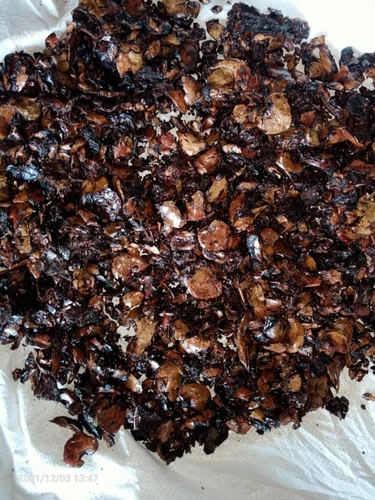

Our Energy Solutions will help you reduce your fuel bills.

Ut tellus dolor, dapibus eget, elementum ifend cursus eleifend, elit. Aenea ifen dn tor wisi Aliquam er at volutpat. Dui ac tui end cursus eleifendrpis.
A potential bio-resource for the production of bio-sourced chemicals, materials and fuels
Exploitation of agricultural waste as green starting materials to produce various valuable products is attracting the attention of academic, industrial and other practitioners. Cashew nut shell (CNS) and its liquid extract (CNSL) in particular have been identified as agro-wastes rich in valuable and functional renewable products. The unique structural features of the CNSL constituents offer the possibility for different modifications to suit various applications. This review article provides recent developments in CNS and CNSL as green sources for use in the production of biorenewable chemicals, materials and energy. Extraction methods and applications of CNS, CNSL and isolates are discussed. Furthermore, a literature survey of the current status and efforts made on the utilization of these agricultural and food wastes for different applications is well outlined.

Cashew Nut Shell liquid (CNSL) is a dark viscous oil with a characteristic smell, very much unlike other vegetable oils. It is an oily natural resin with a yellowish sheen. It is opaque and when applied as a thin film, it is reddish-brown. Industrial-grade CNSL is reddish-brown. It is immiscible with water but is miscible with most organic solvents. CNSL has germicidal and fungicidal properties.
Naturally occurring cashew nut shell liquid contains mainly four components – cardanol, cardol, anacardic acid and 6-methyl cardol.
Commercial-grade CNSL contains hardly any anacardic acid due to decarboxylation during the roasting process, which converts anacardic acid to cardanol. This roasting process also results in polymerization, which accounts for 20 to 25% of polymeric substances in CNSL. Raw CNSL is corrosive but becomes less so by decarboxylation and removal of hydrogen sulfide (H2S) during the refining process.
The components of CNSL are themselves mixtures of four constituents differing in side-chain unsaturation, namely, saturated, monoene, diene and triene. The structures of the side chains of varying degrees of unsaturation occurring in the four major components of CNSL are identical.
The chemical structures of various components enable CNSL to take part in a large number of chemical reactions. The phenolic nature of these constituents, along with varying degrees of unsaturation in the side chains, make it a highly polymerizable substance amenable to a variety of polymerization reactions. Of overriding importance, however, is the condensation reaction with active methylenes that formaldehyde exemplifies. This leads to a phenol-formaldehyde type condensation.
CNSL undergoes several types of chemical reactions, such as, decarboxylation, hydrogenation, polymerization, sulfonation, nitration, halogenations, etherification, esterification, epoxidation, etc. Reactions of CNSL are of commercial importance because several useful industrial products can be produced starting from this natural chemical.